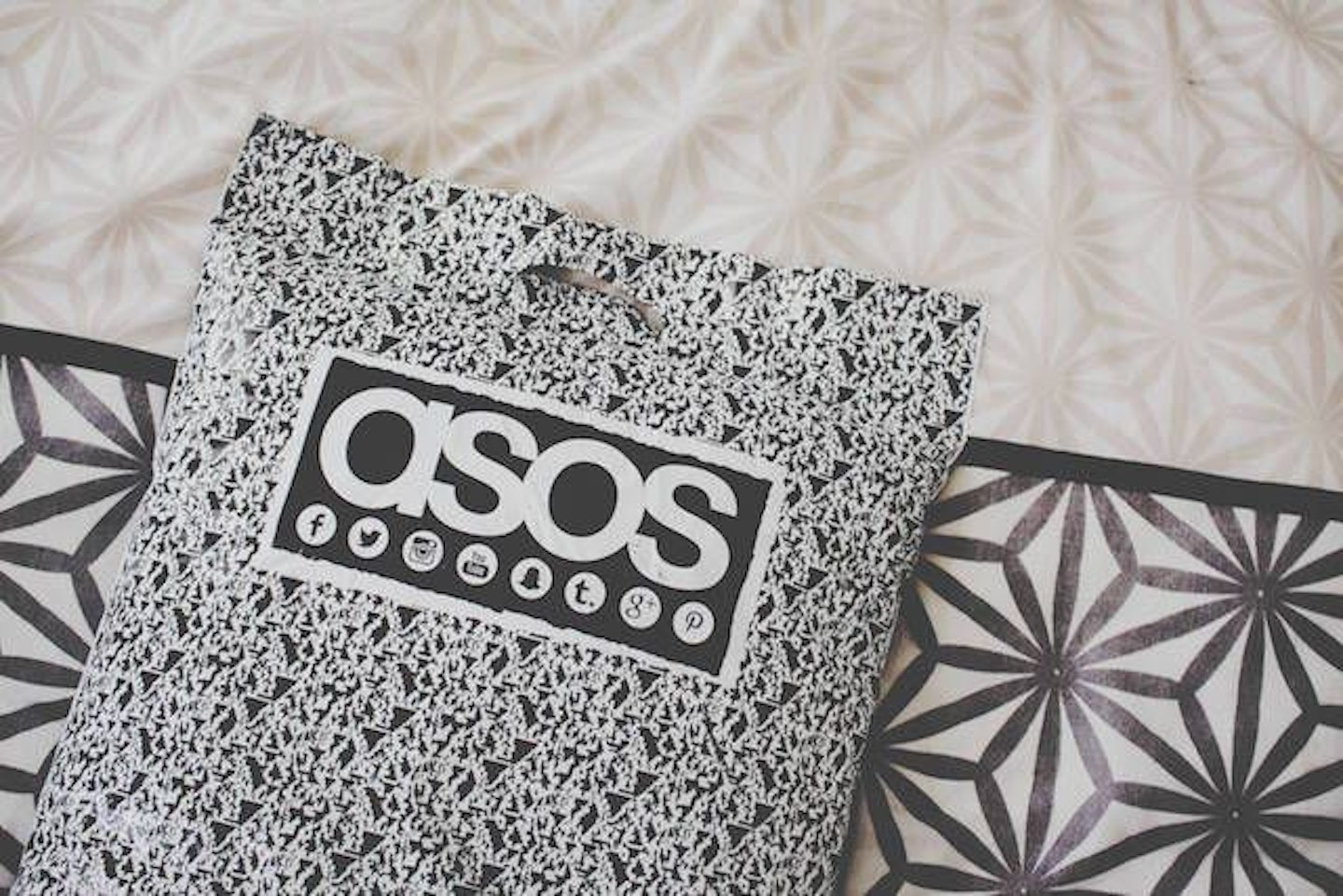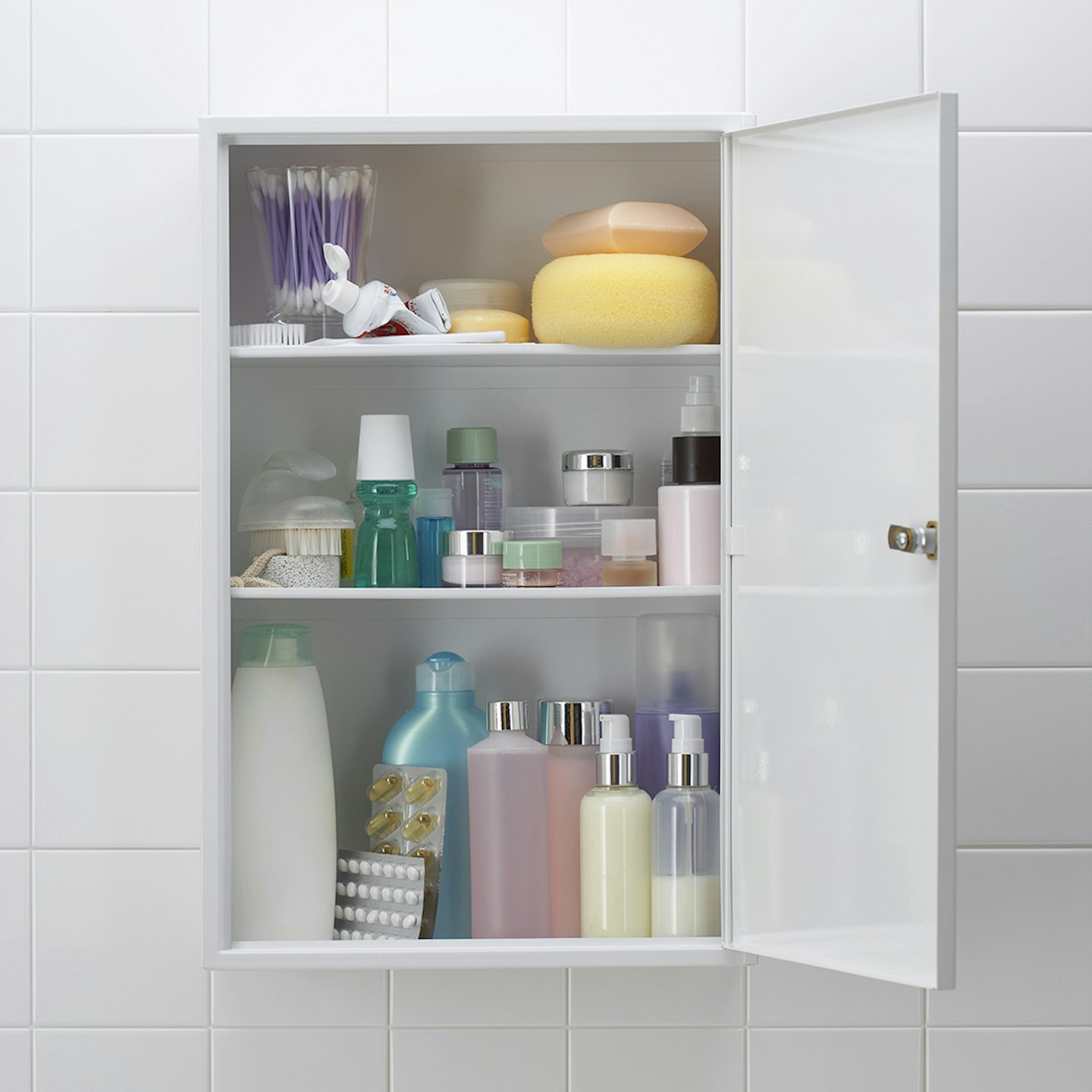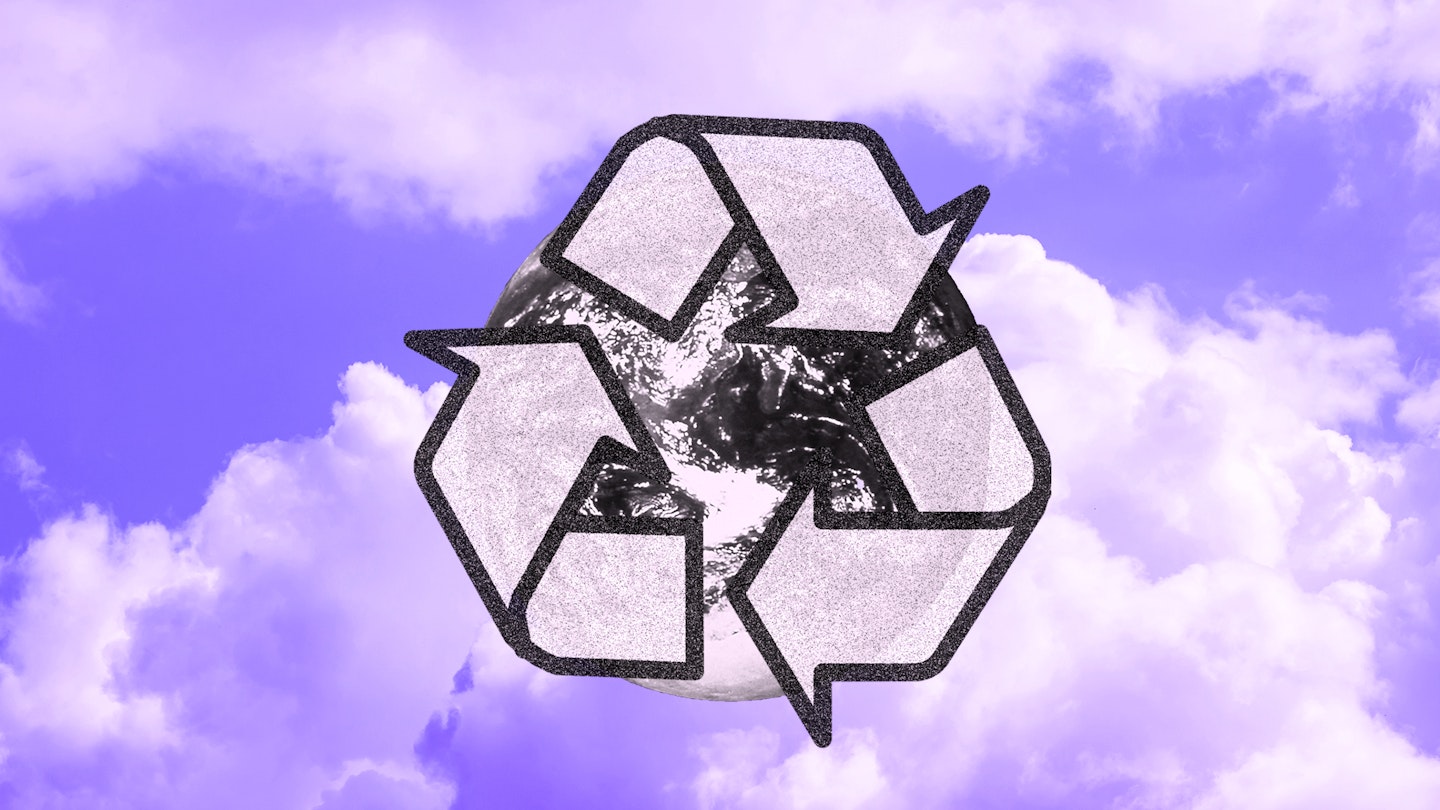Thick glorious ribbons, swathes of tissue paper, individually plastic-packaged items and a sumptuous laminated shopping bag - a shopper’s bounty includes so much more than the item purchased. We live in a social media age were ‘unboxing’ videos rule Youtube and the more boldly lavish packaging can be the more Instagramable it is. As more shoppers make the internet their high street, often a consumer’s first interaction with a brand is through their delivery box, the glint of their container and the crunch of their cellophane wrappers. A luxe perfume box may entice you to part with your cash, but what is it doing for the environment?
Starbucks is spending £7 million developing a ‘fully recyclable and compostable’ cup, Just Eat will let you ‘opt out’ of single-use plastic packaging and Greenpeace's petition for UK supermarkets to ‘ditch throwaway plastic packaging’ has nearly 400,000 signatories, yet where is the discussion about the fashion and beauty industry?

Since China will no longer be accepting foreign recyclable matter, the UK is waging war on waste. The cumulative effect of David Attenborough’s dulcet tones shining a spotlight on the impact plastic has on our oceans and its inhabitants in the BBC’s recent documentary series Blue Planet II, which was watched by over 14 million people, has lit a fire under the campaign to ditch plastics.
A flummoxing amount of the synthetic compound seeps into our environment every day. Every spec of plastic ever made still exists as it takes 400 years for it to naturally biodegrade. An EU investigation revealed that in 2014 less than a third of Europe’s plastic waste was recycled, the rest is shaping into the environment. For every kilometre of water in the Mediterranean sea there is said to be 40 pieces of litter, in the long term this will impact not just the life of the water’s inhabitants but their consumers and the purity of the water.
Within the next decade, the amount of plastic Brits dispose of is due to rose by a fifth, according to the World Wildlife Fund. Alone, the UK is accountable for 10.8 billion wet wipes and 42 billion straws. Putting a levy on Latte’s and charging 5p for a plastic bag helps, but is it enough? Is carrying a reusable cup the equivalent of wearing a Primark slogan top that says you’re a feminist? Just because it says so, it doesn’t mean you are.
The personal is political, so making changes so that your own consumption in the long-term is sustainability is a powerful form of activism. It’s capitalistic anarchy.
Recycling offers its own complexities. Burning plastic can create heat and act as a substitute for fossil fuels, like oil and coal. The Environmental Services Association’s director Jacob Hayler told the BBC: ‘It is better to recover energy from non-recyclable waste through (incineration) than send it to landfill.’ But, burning begets higher greenhouse gas emissions than landfill. A campaigner for Greenpeace, Elena Polisano adds, ‘We should reduce, reuse, and recycle, in that order.’ But, you can’t reuse ASOS’ clear baggies or your lipstick’s casing so the cycle continues.
The legacy of these industries is coming out of the darkness as a Zero Waste Week campaign showed that cosmetics industry produces 120 billion units of packaging each year. Alone, the cardboard boxes that house your fragrances and fancy moisturizers are responsible for the loss of 18 million acres of forest per year.
‘The issue of packaging waste is an enormous problem across everything we buy, with many products prioritising convenience or price over environmental responsibility.’ Christina Dean of the charity Redress, which tackles fashion’s sustainability problem says, ‘Unfortunately, from a consumer point of view, often the more packaging products have, the more they are perceived as being luxury or premium, which only adds to the issue.’
While microbeads (the abrasive plastic particles found in toothpaste and exfoliators) have been banned under UK legislation, little has been done to regulate packaging. When the industry is regulated, the Wrap report’s that it makes strides. For instance, the demand for single-use plastic carrier bags has dropped by 80% as a result of the 5p charge for career bags in the UK. Public pressure has a similar effect, as Evian reports that it caved to popular opinion and announced that 100% of its bottles would be made from recycled material by 2025. And, following a Greenpeace campaign, Aldi said that they will: ‘ensure that all packaging on its own-label products will be recyclable, reusable or compostable by 2022’.
Some companies, like Garnier, are making active efforts to reduce their waste. The cosmetic company’s recycling program tackles beauty rubbish by asking for donations (think: sheet mask wraps, wet wipe packaging and plastic pots) in exchange for points that are swapped for a donation from the brand to a not-for-profit. Already, their soft launch has saved millions from landfill. Similarly, The Body Shop has been making strides in this arena. ‘Approximately 58% of our packaging is now free from fossil fuels and we are on target to fulfil our Enrich Not Exploit™ Commitment goal ensuring that by 2020, 70% of total product packaging does not contain fossil fuels’ explains Sarah Henriques, the brand’s PR.

Taking charge of the products you invest in can be an entry point to the Going Zero Waste movement. Consider solid alternatives, like Lush’s solid shampoo (£7) or homemade solid mascara, and reusable substitutes, like a multi-use make-up remover cloth or a safety razor that doesn’t require one-time use blades.
Realistically, Dean adds, ‘waste goes deeper than the packaging - it's literally everywhere, in how we (over)consume and dispose of things, and in how the things we buy are made and transported.’ Ditching plastic water bottles or swapping single-use packaging for a more sustainable alternative will be undermined for as long as the larger industry continues to produce unstable products.
However, Dean believes it’s not all hopeless, ‘first of all buy less and buy better’ she chimes, ‘whether you are investing in a new top, or buying a smartphone, the rule is to buy with the idea that you hope to keep and use this item for many years to come. This will mean you truly love what you own.’ And, ‘if you have to buy new, don’t buy on impulse. Mull over your purchases before you hand over the cash. Particularly with our clothes, we buy too much based on our emotional state at the time - which has led to 80% of our wardrobes sitting unworn the majority of the time!’ She adds, ‘look out for brands who care are being transparent about how they make their products through their marketing - brands who care are likely to be communicating their initiatives as they will be part of strong core values and support these brands. The more consumers vote with their cash by supporting the brands that are doing something, the more the others will follow suit!’
Follow Lucy on Instagram@lucyalicemorris
This article originally appeared on The Debrief.
